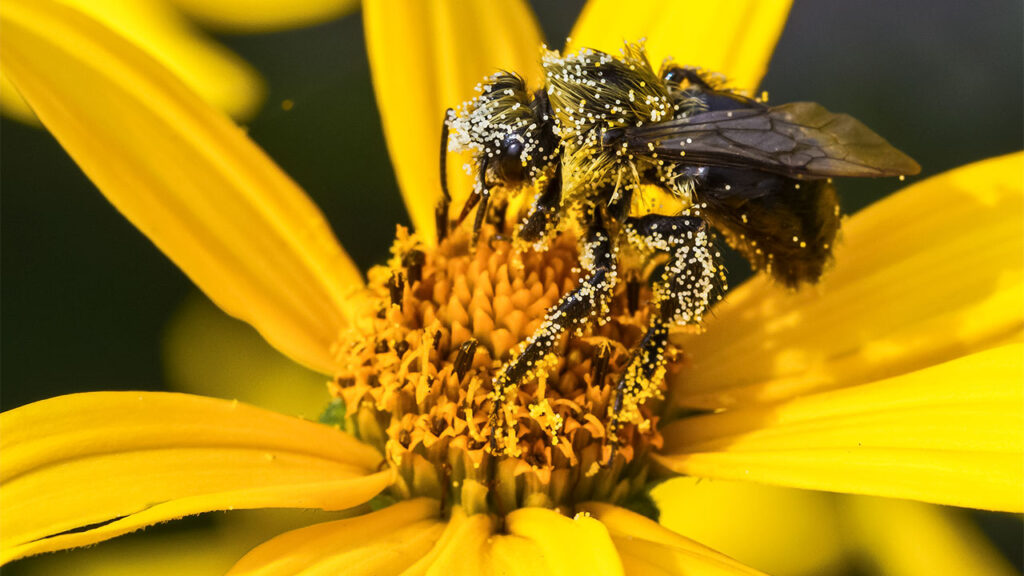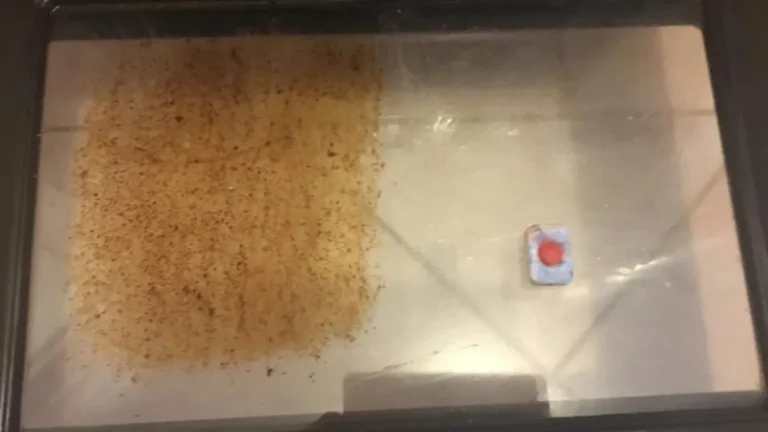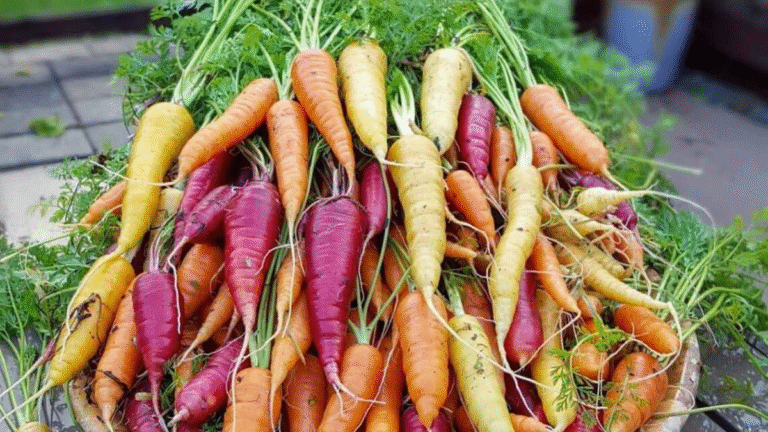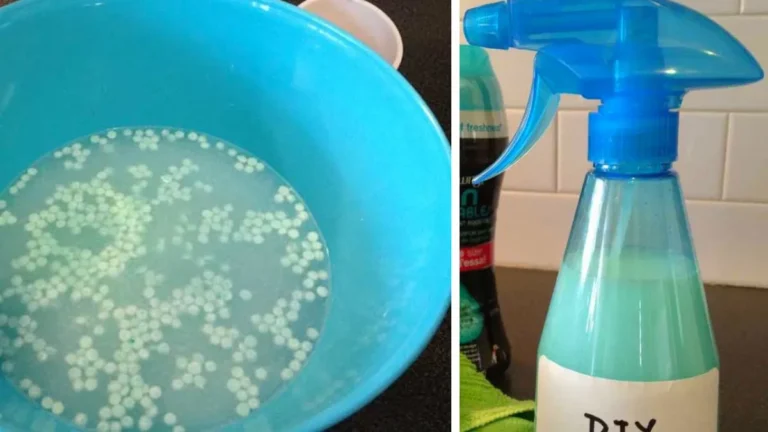Oral Allergy Syndrome The Hidden Food Allergy You Didn’t Know You Had
Certain fruits make my mouth tingle turns out, that strange sensation is an actual condition.
If you’ve felt it, you’ll understand instantly. One bite of crisp apple, a spoonful of fruit salad, or even a splash of citrus juice can trigger an irritating itch in the mouth or throat, puffiness in the lips, or scattered hives. These fleeting reactions often gone in under 15 minutes aren’t always intense enough to steer you away from fresh, flavorful foods. But what’s your body really trying to tell you?
Surprisingly, those subtle allergic flares known as oral allergy syndrome or pollen-food syndrome aren’t true food allergies at all. Instead, they’re a quirky offshoot of seasonal pollen allergies, like hay fever. The produce that provokes your symptoms can actually hint at which type of pollen your body is hypersensitive to. You might even observe these reactions intensify during peak allergy seasons.
The reason? Certain fruits and vegetables contain proteins that closely resemble those found in pollens. Your immune system, already on edge, misidentifies these look-alike proteins as the real allergenic culprits. And because actual pollen isn’t the trigger in this case, traditional allergy testing might not catch it. As, an allergist at in Denver, shared with NPR, “I do think that this is one of the most underreported and underrecognized conditions.”
If your mouth tingles or itches after eating the following, you’re likely sensitive to spring tree pollen—particularly birch:
Almond, apple, apricot, carrot, celery, cherry, coriander, fennel, hazelnut, kiwi, nectarine, parsley, parsnip, peach, pear, pepper, plum, potato, prune, and walnut.
On the other hand, if your reactions strike after enjoying these foods, summer grass pollens like timothy or orchard grass may be to blame:
Cantaloupe, celery, honeydew, melon, orange, peach, tomato, and watermelon.
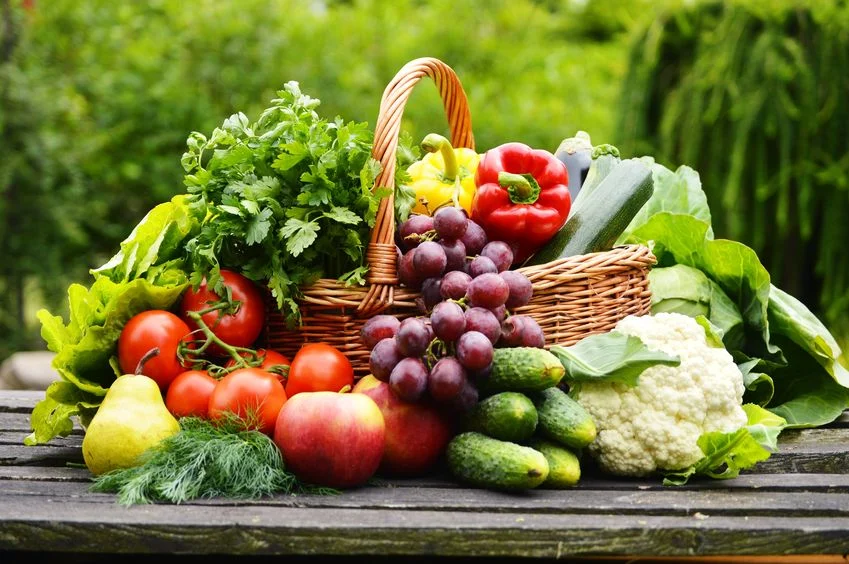
If your body rebels after eating the following foods, chances are you’re reacting to fall weed pollens namely mugwort or ragweed:
Apple, banana, black pepper, broccoli, cabbage, cantaloupe, caraway, carrot, celery, chamomile tea, coriander, cucumber, dandelion, fennel, honeydew, kiwi, parsley, peach, peanut, pepper, sunflower seeds, watermelon, and zucchini.
However, simply identifying your pollen nemesis isn’t enough. The key lies in learning how to sidestep the maddening itch and those sneaky, uncomfortable flare-ups.
Home Remedies for Oral Allergy Syndrome
Steer clear of foods that trigger your symptoms. In many cases, you can outmaneuver oral allergy syndrome by eating those same foods cooked rather than raw though be warned, if celery is your culprit, heat won’t neutralize it.
Peeling fresh produce can also reduce your chances of a reaction, as the allergenic proteins often reside in the skin.
Over-the-counter antihistamines can offer a buffer against the flare-ups of pollen-food syndrome.
During peak allergy seasons, opt for canned fruits and vegetables they’re less likely to provoke your immune system.
A gentle saline nasal spray can help calm irritated nasal passages and ease discomfort.
While it might not be possible to eliminate reactions altogether, understanding your sensitivities gives you the power to minimize them and respond wisely when symptoms arise.
Pass this along to those who might need it it’s knowledge worth sharing.
Article Sources:Allergic Living Children’s Hospital of Philadelphia NPR WebMD

